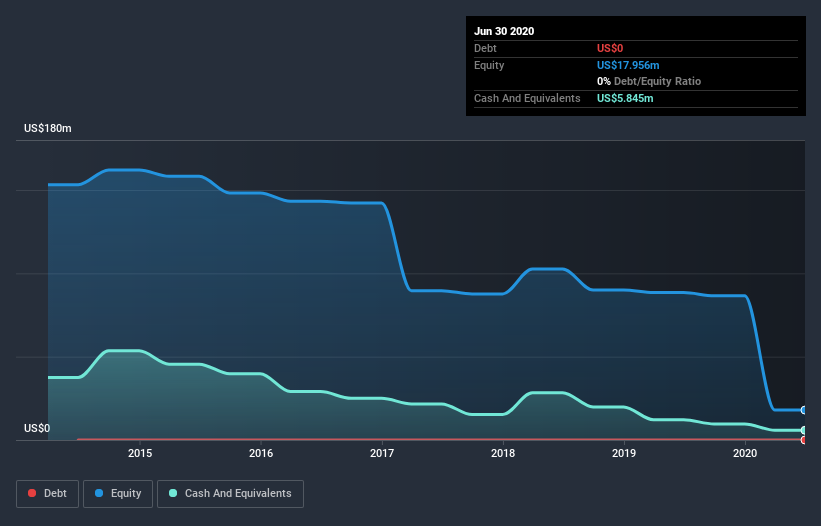Here's Why We're Watching Chariot Oil & Gas' (LON:CHAR) Cash Burn Situation
We can readily understand why investors are attracted to unprofitable companies. By way of example, Chariot Oil & Gas (LON:CHAR) has seen its share price rise 391% over the last year, delighting many shareholders. But while history lauds those rare successes, those that fail are often forgotten; who remembers Pets.com?
So notwithstanding the buoyant share price, we think it's well worth asking whether Chariot Oil & Gas' cash burn is too risky. For the purposes of this article, cash burn is the annual rate at which an unprofitable company spends cash to fund its growth; its negative free cash flow. The first step is to compare its cash burn with its cash reserves, to give us its 'cash runway'.
See our latest analysis for Chariot Oil & Gas
How Long Is Chariot Oil & Gas' Cash Runway?
A company's cash runway is calculated by dividing its cash hoard by its cash burn. When Chariot Oil & Gas last reported its balance sheet in June 2020, it had zero debt and cash worth US$5.8m. Importantly, its cash burn was US$6.2m over the trailing twelve months. So it had a cash runway of approximately 11 months from June 2020. That's quite a short cash runway, indicating the company must either reduce its annual cash burn or replenish its cash. The image below shows how its cash balance has been changing over the last few years.
How Is Chariot Oil & Gas' Cash Burn Changing Over Time?
Chariot Oil & Gas didn't record any revenue over the last year, indicating that it's an early stage company still developing its business. Nonetheless, we can still examine its cash burn trajectory as part of our assessment of its cash burn situation. We'd venture that the 62% reduction in cash burn over the last year shows that management are, at least, mindful of its ongoing need for cash. While the past is always worth studying, it is the future that matters most of all. For that reason, it makes a lot of sense to take a look at our analyst forecasts for the company.
How Hard Would It Be For Chariot Oil & Gas To Raise More Cash For Growth?
There's no doubt Chariot Oil & Gas' rapidly reducing cash burn brings comfort, but even if it's only hypothetical, it's always worth asking how easily it could raise more money to fund further growth. Generally speaking, a listed business can raise new cash through issuing shares or taking on debt. Commonly, a business will sell new shares in itself to raise cash and drive growth. We can compare a company's cash burn to its market capitalisation to get a sense for how many new shares a company would have to issue to fund one year's operations.
Chariot Oil & Gas has a market capitalisation of US$52m and burnt through US$6.2m last year, which is 12% of the company's market value. Given that situation, it's fair to say the company wouldn't have much trouble raising more cash for growth, but shareholders would be somewhat diluted.
Is Chariot Oil & Gas' Cash Burn A Worry?
Even though its cash runway makes us a little nervous, we are compelled to mention that we thought Chariot Oil & Gas' cash burn reduction was relatively promising. While we're the kind of investors who are always a bit concerned about the risks involved with cash burning companies, the metrics we have discussed in this article leave us relatively comfortable about Chariot Oil & Gas' situation. Separately, we looked at different risks affecting the company and spotted 5 warning signs for Chariot Oil & Gas (of which 1 is concerning!) you should know about.
Of course, you might find a fantastic investment by looking elsewhere. So take a peek at this free list of companies insiders are buying, and this list of stocks growth stocks (according to analyst forecasts)
This article by Simply Wall St is general in nature. It does not constitute a recommendation to buy or sell any stock, and does not take account of your objectives, or your financial situation. We aim to bring you long-term focused analysis driven by fundamental data. Note that our analysis may not factor in the latest price-sensitive company announcements or qualitative material. Simply Wall St has no position in any stocks mentioned.
Have feedback on this article? Concerned about the content? Get in touch with us directly. Alternatively, email editorial-team (at) simplywallst.com.

